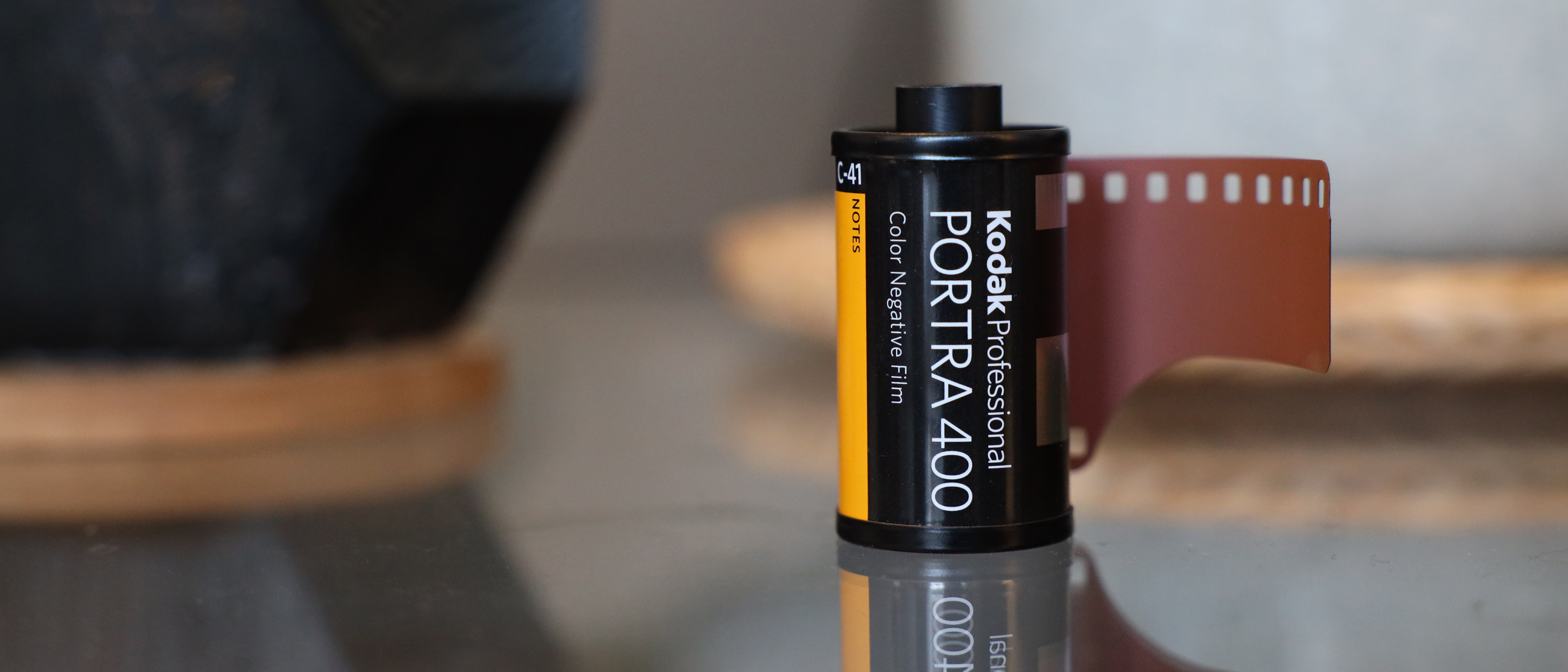Digital Camera World Verdict
Kodak Portra 400 is the film of Instagram, which is not always a sign of quality, but in this case, the hype is real. Portra 400 is a hugely versatile film, paired with the right camera it can produce lovely images in a variety of conditions, with that stunning signature color, contrast, and sharpness. The film is also quite forgiving, so is ideal for those photographers who make a few exposure miscalculations.
Pros
- +
Beautiful color rendition
- +
Forgiving for overexposure/underexposure
- +
Very popular so not going anywhere
Cons
- -
Far too expensive
- -
Increasingly harder to find
Why you can trust Digital Camera World
When you think of the best 35mm film, you might well immediately think of Kodak Portra. This is the film of the moment, hugely popular on social media and photo-sharing sites such as Instagram. This popularity has become a double-edged sword, one one hand, it is helping revitalize the film photography industry, but on the other, it is pushing film to higher and higher prices as demand grows and supplies dwindle.
Kodak Portra 400 is a daylight-balanced color film available in 35mm, 120, 220, 4x5 in, and 10x8 in formats. Introduced in 1998 mainly for portrait and wedding use, with its emphasis on great skin tones. Portra is also available in 160 and 800 ISOs.
The modern version of Kodak Portra 400 was introduced in 2010 to replace the previous Natural Color (NC) and Vibrant Color (VC) versions, with a more balanced color profile, with an emphasis on producing natural skin tones. Kodak also claims a finer grain and improved sharpness over the NC and VC.
The new Portra was introduced to address the modern method of scanning slides and editing and printing the resulting images from digital files. The 2010 Portra offers better scanning performance with better contrast and color saturation for digital printing, while the previous NC and VC versions were designed with darkroom printing in mind.
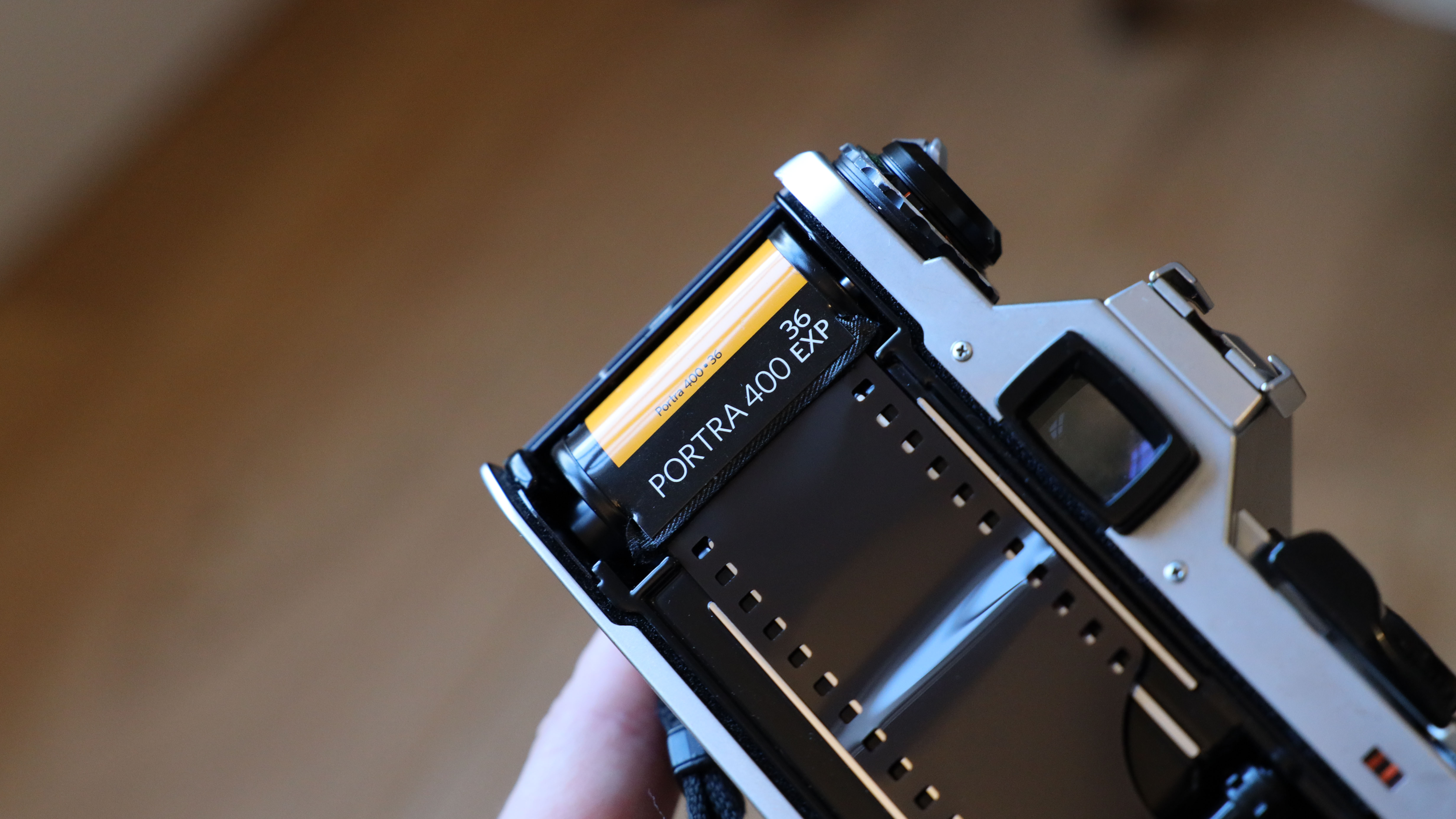
Kodak Portra 400 Specifications
Speed: 400/27°
Type: Color
Formats: 35mm, 120, 220, 4×5 in, 10x8 in
Grain: "Very Fine"
Saturation: "Balanced"
Application: Portraiture, Travel
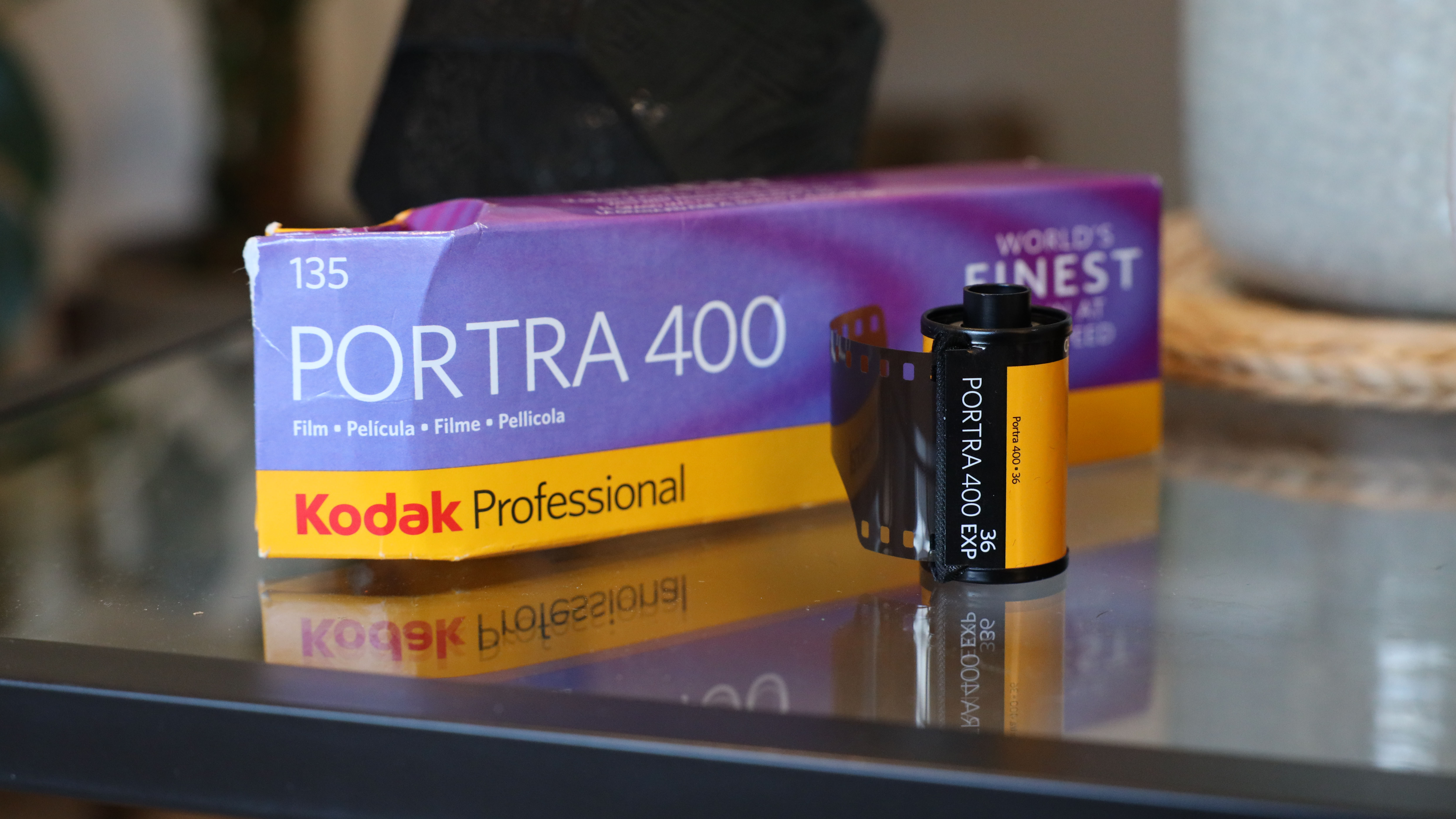
Kodak Portra 400 Performance
As a film photographer who mostly shoots scenic views and my companions while traveling, I have used Kodak Portra 400 for years as it offers stunning color reproduction for outdoor scenes and skin tones. The film has a fairly accurate and natural color profile, with a warmer tone and colors that lean on the more saturated side, with greens and blues tending to ‘pop’ more than in reality, but this is no bad thing, as the results are fantastic. Its rendition of skin tones is excellent, it has its own ‘style’ that is slightly creamier than in reality, but the results are very pleasing.
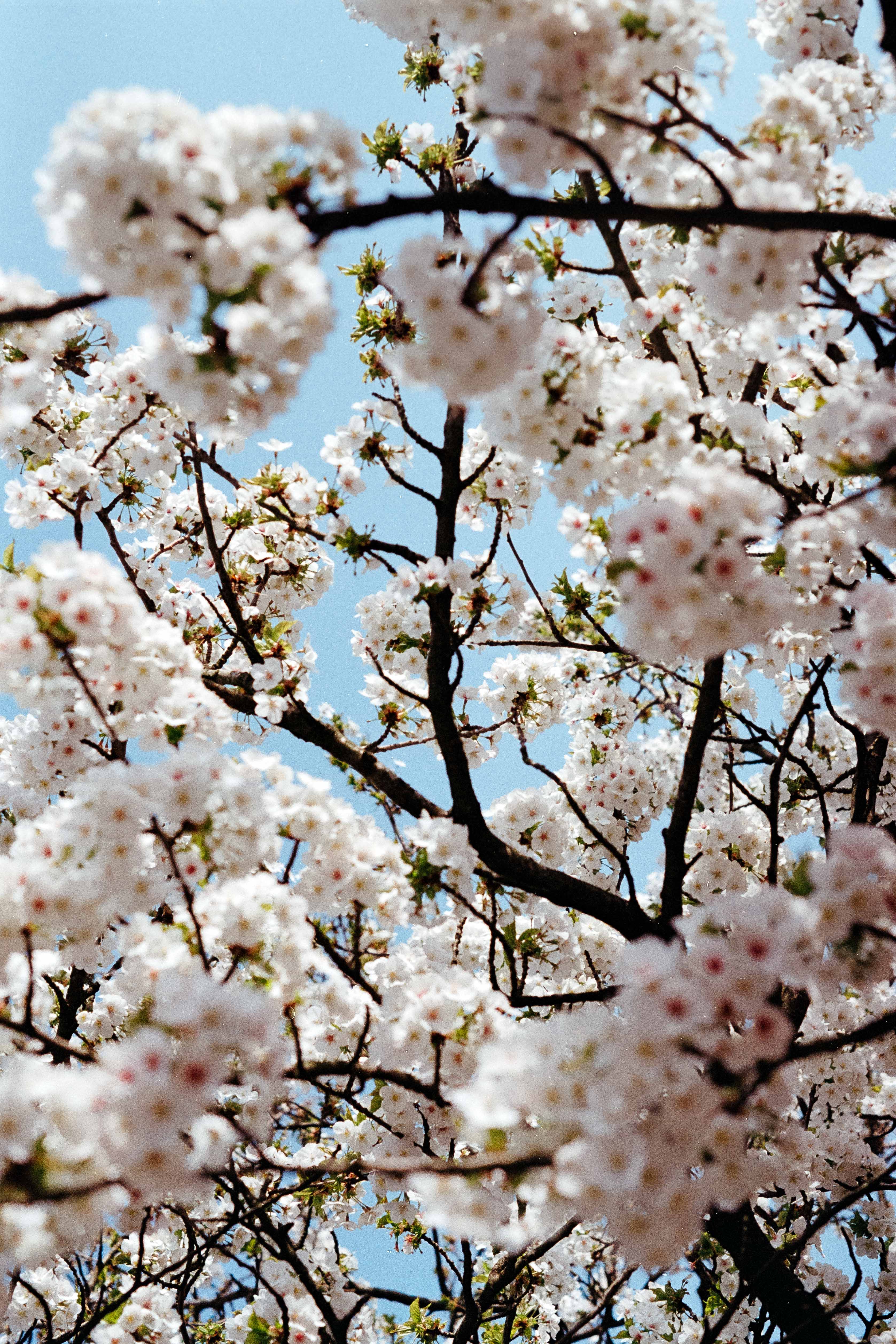
Also an incredibly versatile film, I feel very comfortable overexposing my Portra 400 to get blown-out highlights, the film handles one or two stops of under and over exposure with ease. The film also appears to be very consistent, producing reliable images even in varying temperatures and lighting situations, although best results are achieved in bright daylight, where this film really shines.
This will very much depend on the lens used, but the film's sharpness in testing was excellent, with great contrast throughout the image. The sample images were a mix of daylight and low light ambient lit images, the film did well in each with very fine grain observable at normal viewing distances.
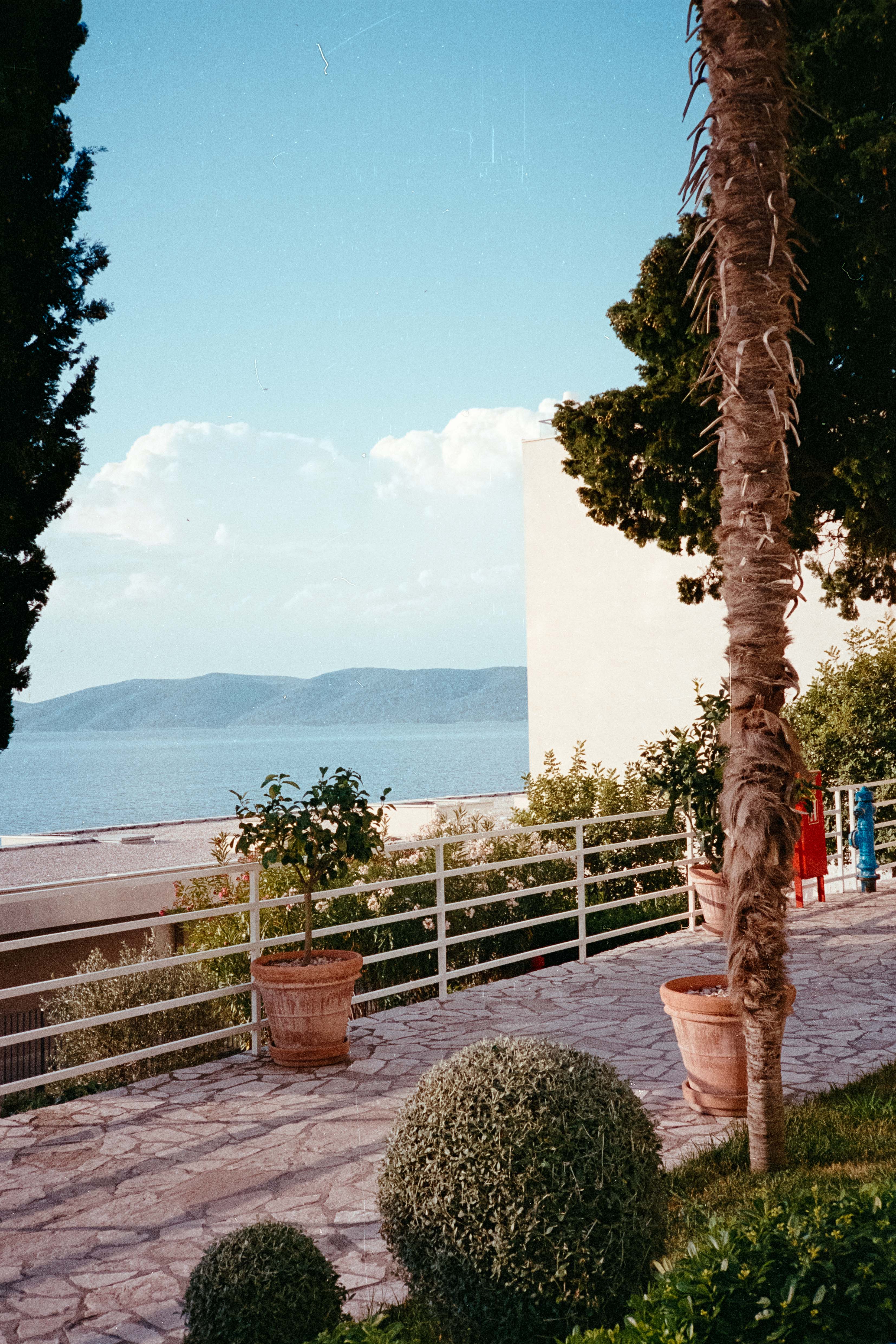
Kodak Portra 400 Sample images
Below are a series of images all shot on Kodak Portra 400 film using a variety of cameras including the Canon AE-1, Pentax ME Super, and Canon AF35ML.
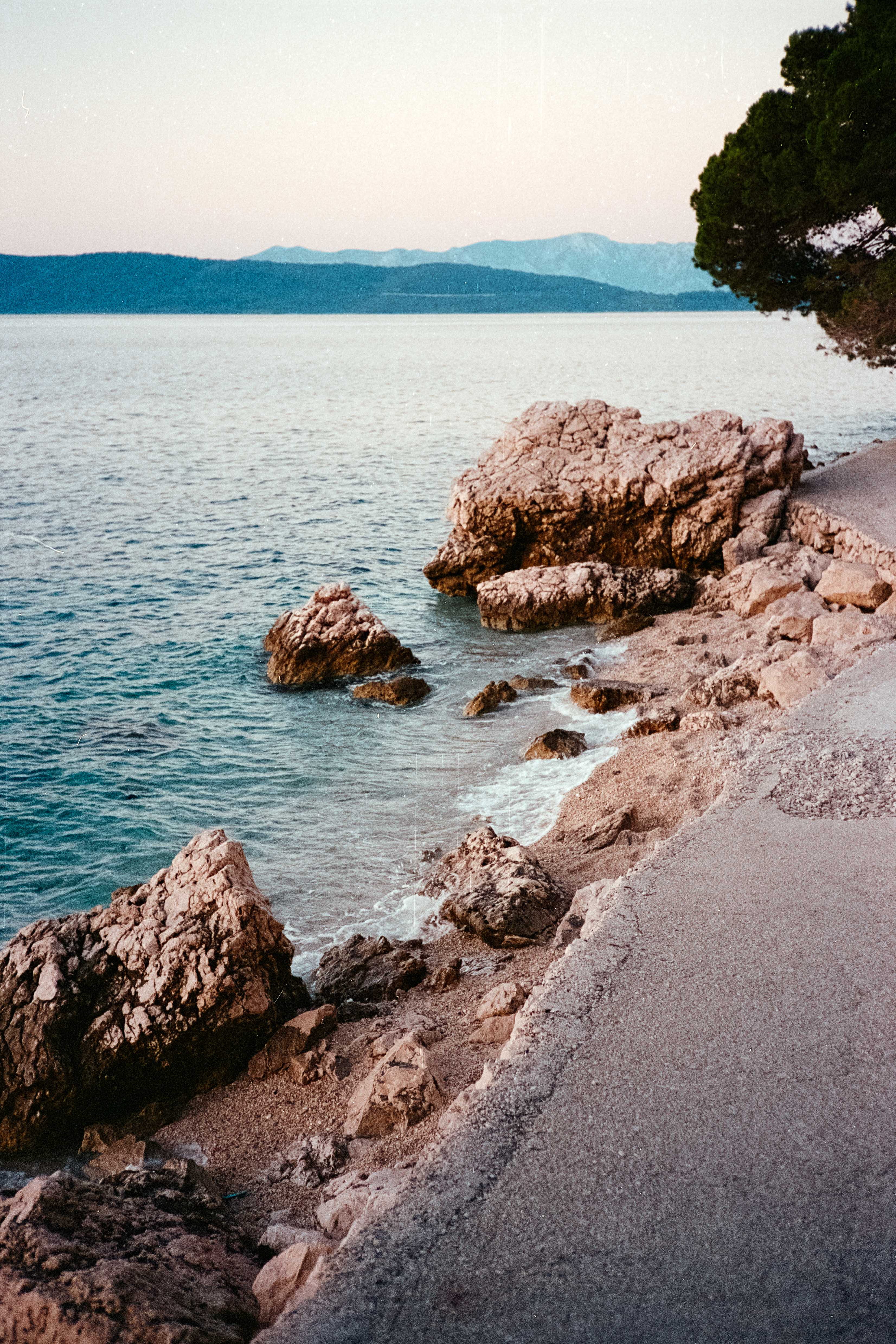
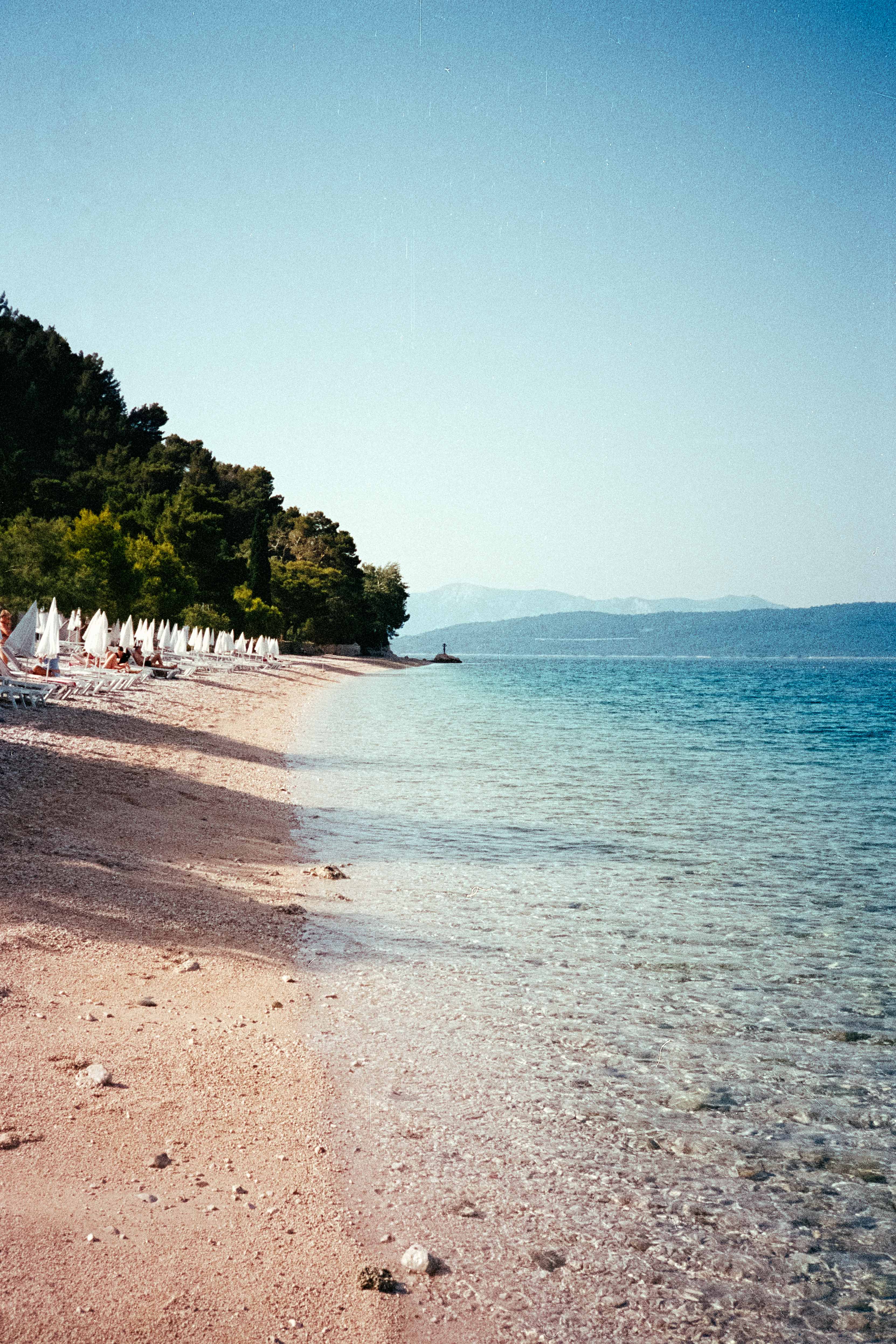
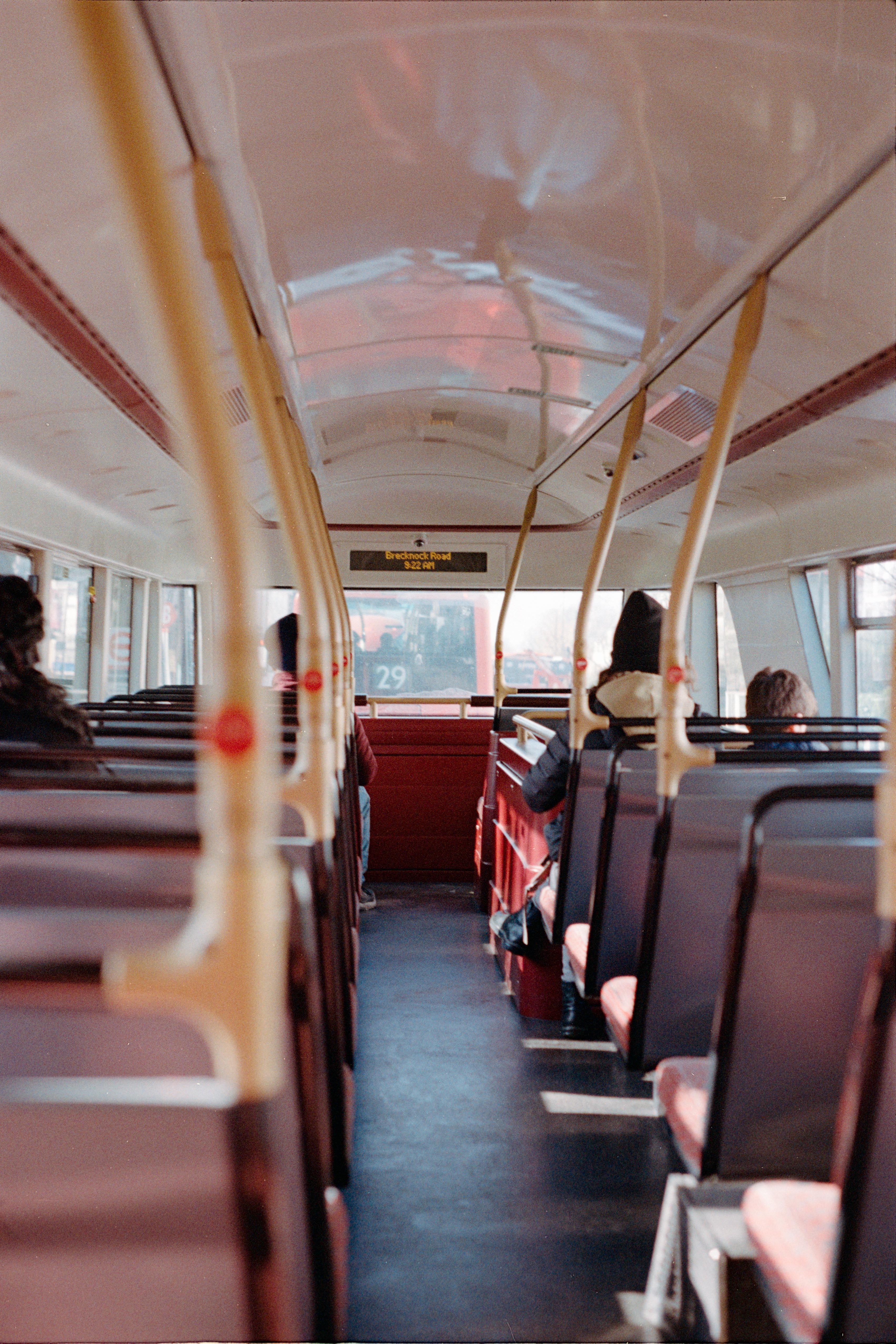
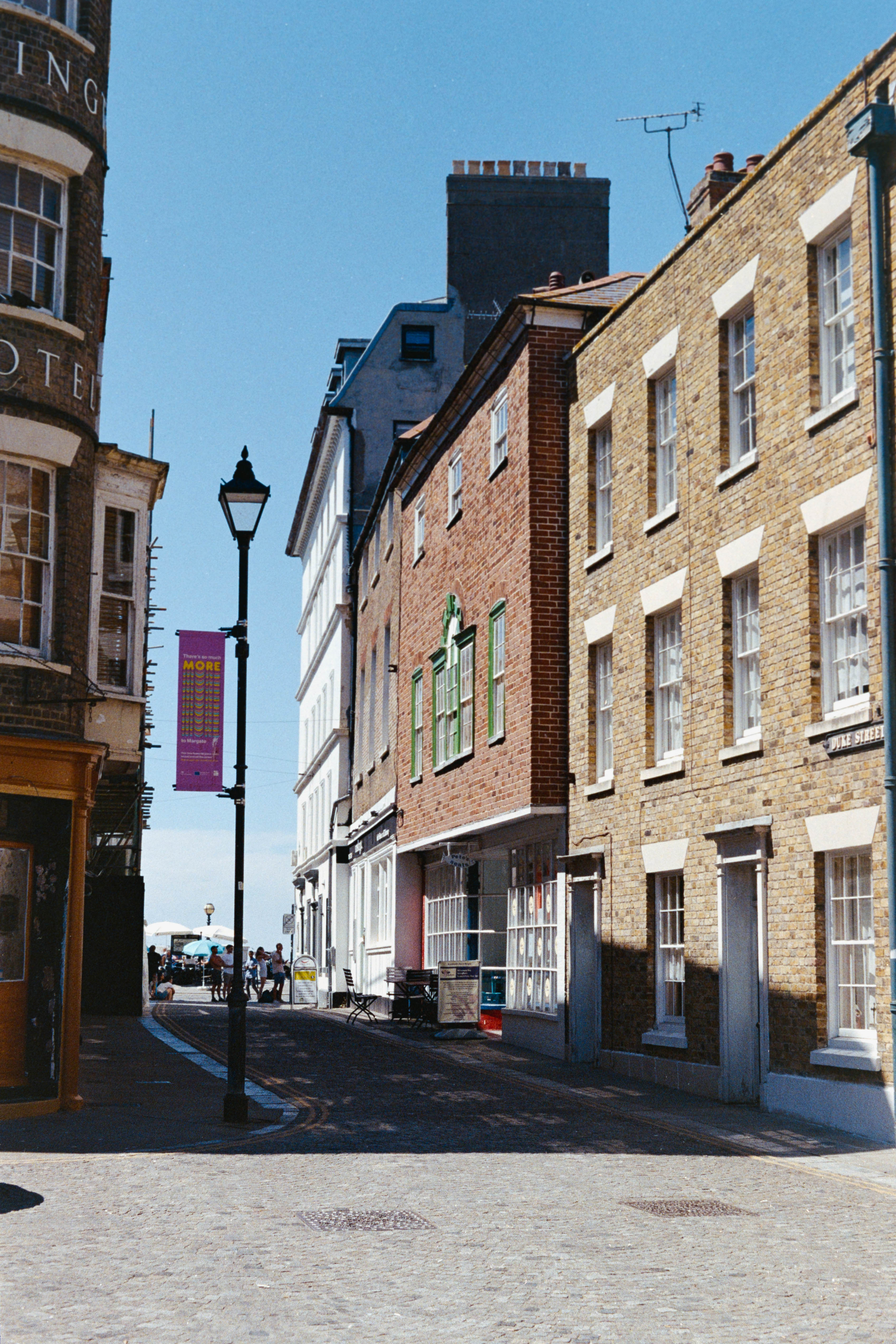
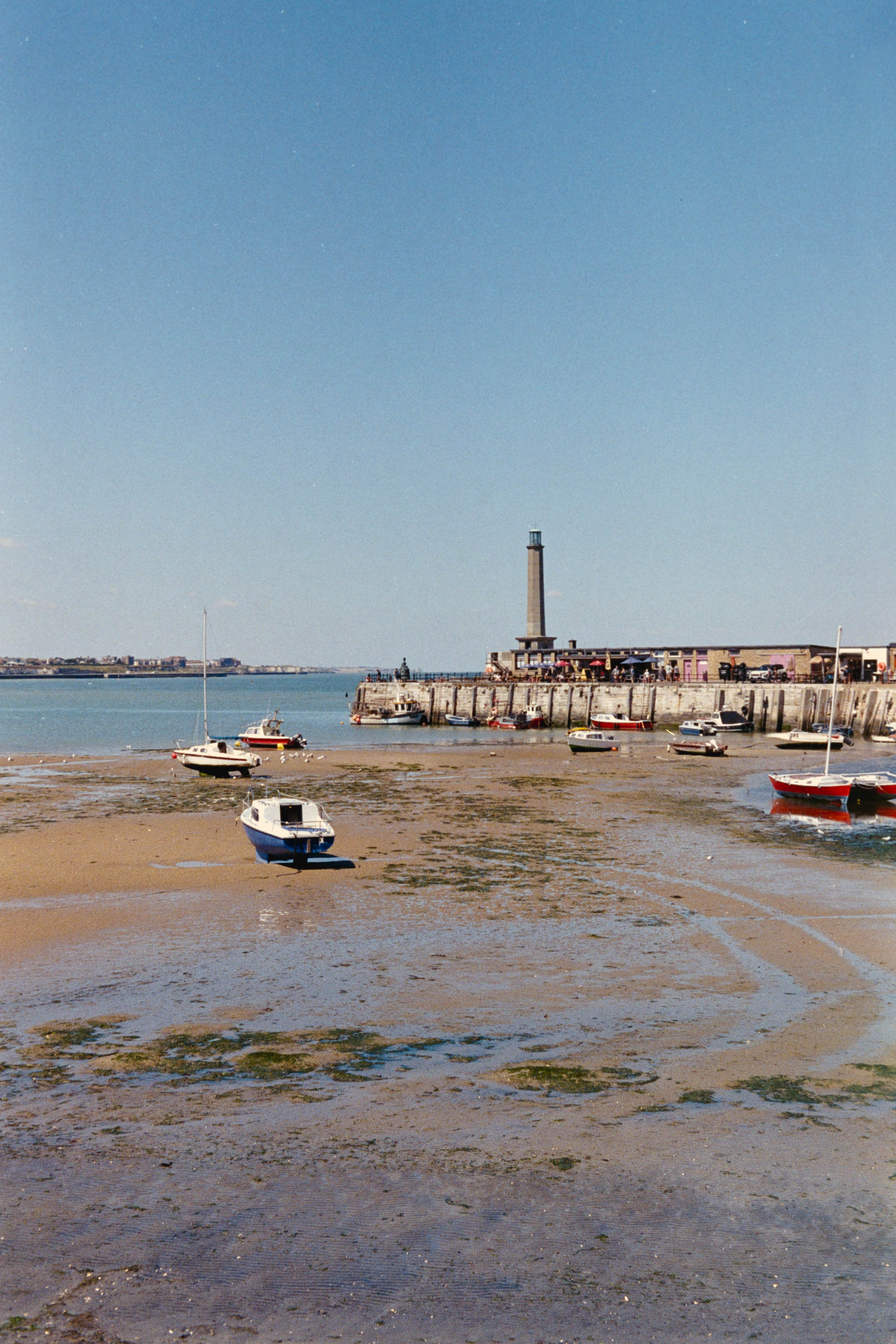
Kodak Portra 400 Verdict
Kodak Portra 400 is perhaps the most overhyped film right now, but for good reason. Offering one of the easiest and most versatile films to shoot with, with lovely color saturation that will bring out the most in your images. You can under and over-expose the film to good effect without ruining the contrast.
However the film is reaching eye-wateringly expensive prices due to its popularity, and Kodak not being able to make enough to keep supplies topped up. So more savvy film photographers might want to look at other color-negative films that don't quite have the same level or furor around them.
Love shooting film? You might also like the best darkroom equipment, the best film scanners and the best Lomography cameras.

Gareth is a photographer based in London, working as a freelance photographer and videographer for the past several years, having the privilege to shoot for some household names. With work focusing on fashion, portrait and lifestyle content creation, he has developed a range of skills covering everything from editorial shoots to social media videos. Outside of work, he has a personal passion for travel and nature photography, with a devotion to sustainability and environmental causes.

